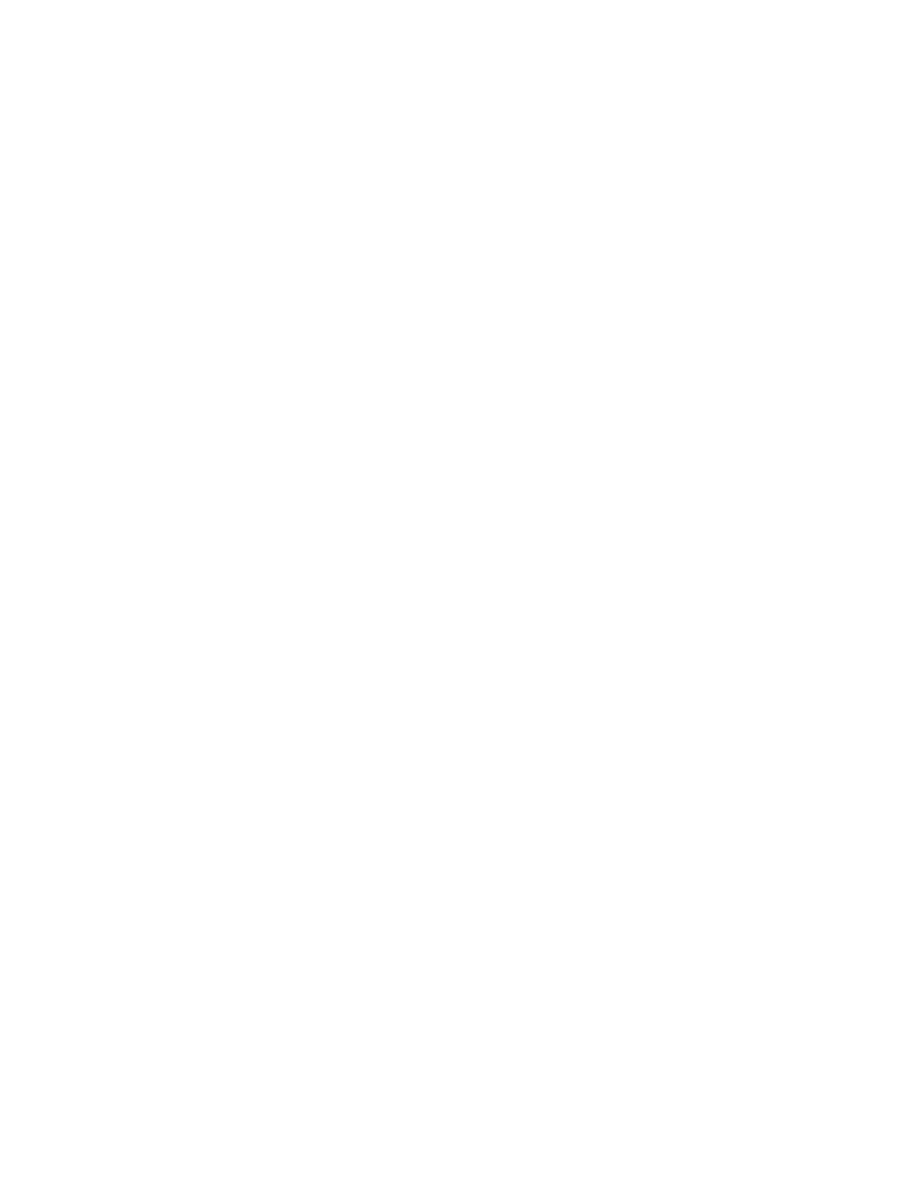
399
Federal Aviation Administration, DOT
§ 25.331
load tests in cases where limit load
tests may be inadequate.
(b)–(c) [Reserved]
(d) When static or dynamic tests are
used to show compliance with the re-
quirements of § 25.305(b) for flight
structures, appropriate material cor-
rection factors must be applied to the
test results, unless the structure, or
part thereof, being tested has features
such that a number of elements con-
tribute to the total strength of the
structure and the failure of one ele-
ment results in the redistribution of
the load through alternate load paths.
[Doc. No. 5066, 29 FR 18291, Dec. 24, 1964, as
amended by Amdt. 25–23, 35 FR 5672, Apr. 8,
1970; Amdt. 25–54, 45 FR 60172, Sept. 11, 1980;
Amdt. 25–72, 55 FR 29775, July 20, 1990]
F
LIGHT
L
OADS
§ 25.321
General.
(a) Flight load factors represent the
ratio of the aerodynamic force compo-
nent (acting normal to the assumed
longitudinal axis of the airplane) to the
weight of the airplane. A positive load
factor is one in which the aerodynamic
force acts upward with respect to the
airplane.
(b) Considering compressibility ef-
fects at each speed, compliance with
the flight load requirements of this
subpart must be shown—
(1) At each critical altitude within
the range of altitudes selected by the
applicant;
(2) At each weight from the design
minimum weight to the design max-
imum weight appropriate to each par-
ticular flight load condition; and
(3) For each required altitude and
weight, for any practicable distribution
of disposable load within the operating
limitations recorded in the Airplane
Flight Manual.
(c) Enough points on and within the
boundaries of the design envelope must
be investigated to ensure that the max-
imum load for each part of the airplane
structure is obtained.
(d) The significant forces acting on
the airplane must be placed in equi-
librium in a rational or conservative
manner. The linear inertia forces must
be considered in equilibrium with the
thrust and all aerodynamic loads,
while the angular (pitching) inertia
forces must be considered in equi-
librium with thrust and all aero-
dynamic moments, including moments
due to loads on components such as
tail surfaces and nacelles. Critical
thrust values in the range from zero to
maximum continuous thrust must be
considered.
[Doc. No. 5066, 29 FR 18291, Dec. 24, 1964, as
amended by Amdt. 25–23, 35 FR 5672, Apr. 8,
1970; Amdt. 25–86, 61 FR 5220, Feb. 9, 1996]
F
LIGHT
M
ANEUVER AND
G
UST
C
ONDITIONS
§ 25.331
Symmetric maneuvering con-
ditions.
(a)
Procedure. For the analysis of the
maneuvering flight conditions specified
in paragraphs (b) and (c) of this sec-
tion, the following provisions apply:
(1) Where sudden displacement of a
control is specified, the assumed rate
of control surface displacement may
not be less than the rate that could be
applied by the pilot through the con-
trol system.
(2) In determining elevator angles
and chordwise load distribution in the
maneuvering conditions of paragraphs
(b) and (c) of this section, the effect of
corresponding pitching velocities must
be taken into account. The in-trim and
out-of-trim flight conditions specified
in § 25.255 must be considered.
(b)
Maneuvering balanced conditions.
Assuming the airplane to be in equi-
librium with zero pitching accelera-
tion, the maneuvering conditions A
through I on the maneuvering envelope
in § 25.333(b) must be investigated.
(c)
Pitch maneuver conditions. The
conditions specified in paragraphs
(c)(1) and (2) of this section must be in-
vestigated. The movement of the pitch
control surfaces may be adjusted to
take into account limitations imposed
by the maximum pilot effort specified
by § 25.397(b), control system stops and
any indirect effect imposed by limita-
tions in the output side of the control
system (for example, stalling torque or
maximum rate obtainable by a power
control system.)
(1)
Maximum pitch control displacement
at V
A
. The airplane is assumed to be
flying in steady level flight (point A
1
,
VerDate Mar<15>2010
10:12 Mar 18, 2014
Jkt 232046
PO 00000
Frm 00409
Fmt 8010
Sfmt 8010
Y:\SGML\232046.XXX
232046
pmangrum on DSK3VPTVN1PROD with CFR